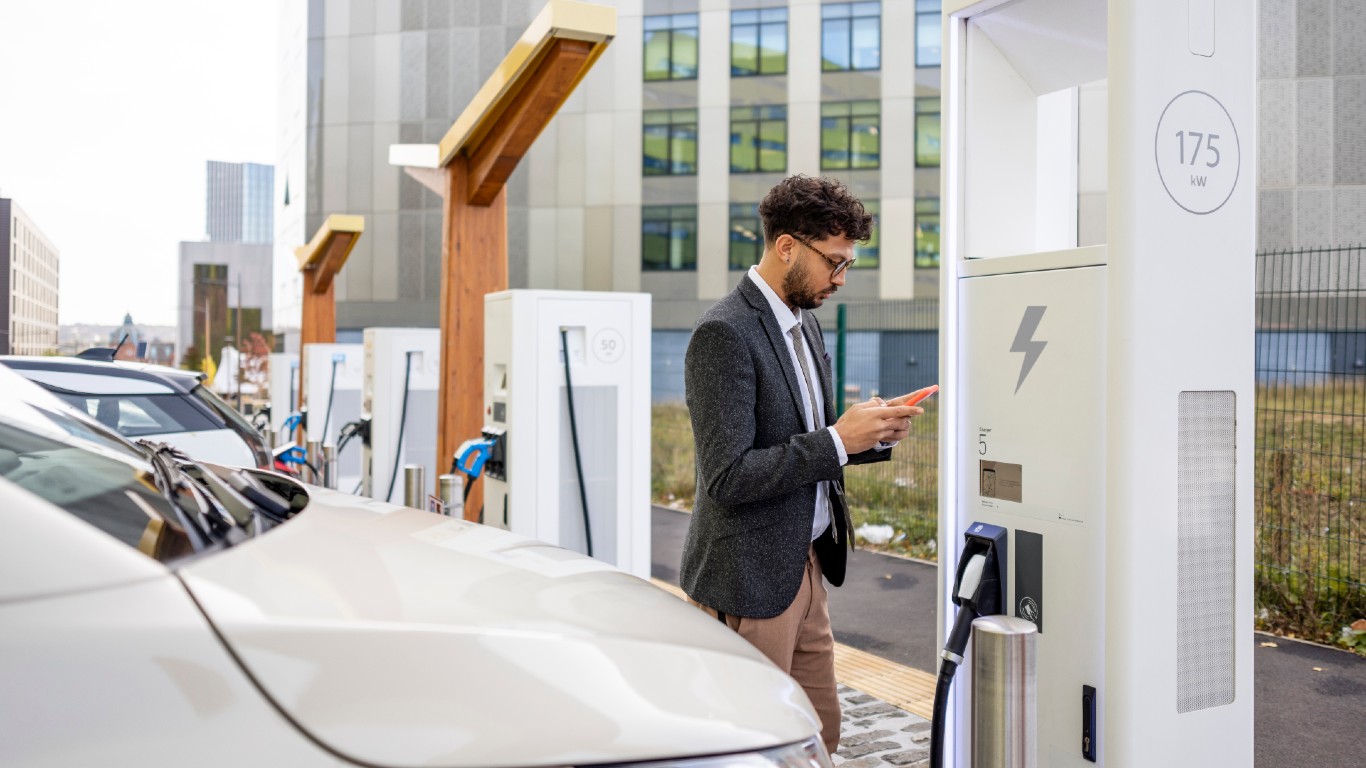Driver training
Vehicle familiarisation
- differences in performance and power as a result from the instant torque
- acceleration and throttle use due the immediate power delivered
- greater stopping distances impacted by the additional battery weight and regenerative braking
- increased vulnerability of pedestrians and cyclists as EVs are much quieter, especially at low speeds.
Safe & efficient driving
- understanding battery range with methods to maximise efficiency (such as using ‘Eco Mode’)
- monitoring speed, as driving at high speed uses more battery power
- reading the road ahead to avoid unnecessary braking and acceleration
- journey planning including awareness of all available charging points
- the requirements of the Highway Code, including those specific to using an electric vehicle charge point.
Journey planning
- careful scheduling
- periods of driving / taking regular breaks
- traffic conditions
- avoiding unsafe routes
- driving in adverse weather conditions or darkness
- procedures in the event of an emergency / breakdown
- lone working.
- Have checks been made to confirm the availability of suitable charging stations on route?
- Can breaks be aligned to charging opportunities?
- Do drivers understand how long charging is likely to take?
Our risk management partners have a range of discounted products and services to support fleet managers:
Vehicle breakdown
Alternatively fuelled vehicles require specialist technicians who have high voltage awareness training. In the same way as running out of fuel or a dead car battery, EV breakdowns may be as a result of lack of charge.
To ensure business vehicles are back on the road quickly, consider a breakdown provider who offers the same level of roadside assistance for EVs as they do petrol or diesel vehicles.
Our partners the AA can cover EV and hybrid vehicles as standard and will tow to a charging point or your destination – whichever's nearer.
Over the Air (OTA) updates
Software related challenges are not unique to EVs, but as EVs tend to be newer with built-in connectivity, they’re more likely to be susceptible to new types of risks.
Just in the same way as new tyres are installed when needed, it’s important to maintain the software in a vehicle to ensure it remains up to date. Much like smartphone updates, vehicle OTA changes aim to minimise bugs or possible security vulnerabilities which have been identified by the manufacturer.
Installing OTAs is key to maintaining Advanced Driver Assist Systems (ADAS) and minimising the risk posed by cyber-attacks. Effective vehicle software management should include:
- understanding how to accept and install software changes safely in line with manufacturer guidance (such as only when parked, with a certain amount of charge etc.)
- installation as soon as reasonably possible when requested by the manufacturer or software provider
- acceptance of updates prompted and approved only by the manufacturer.
